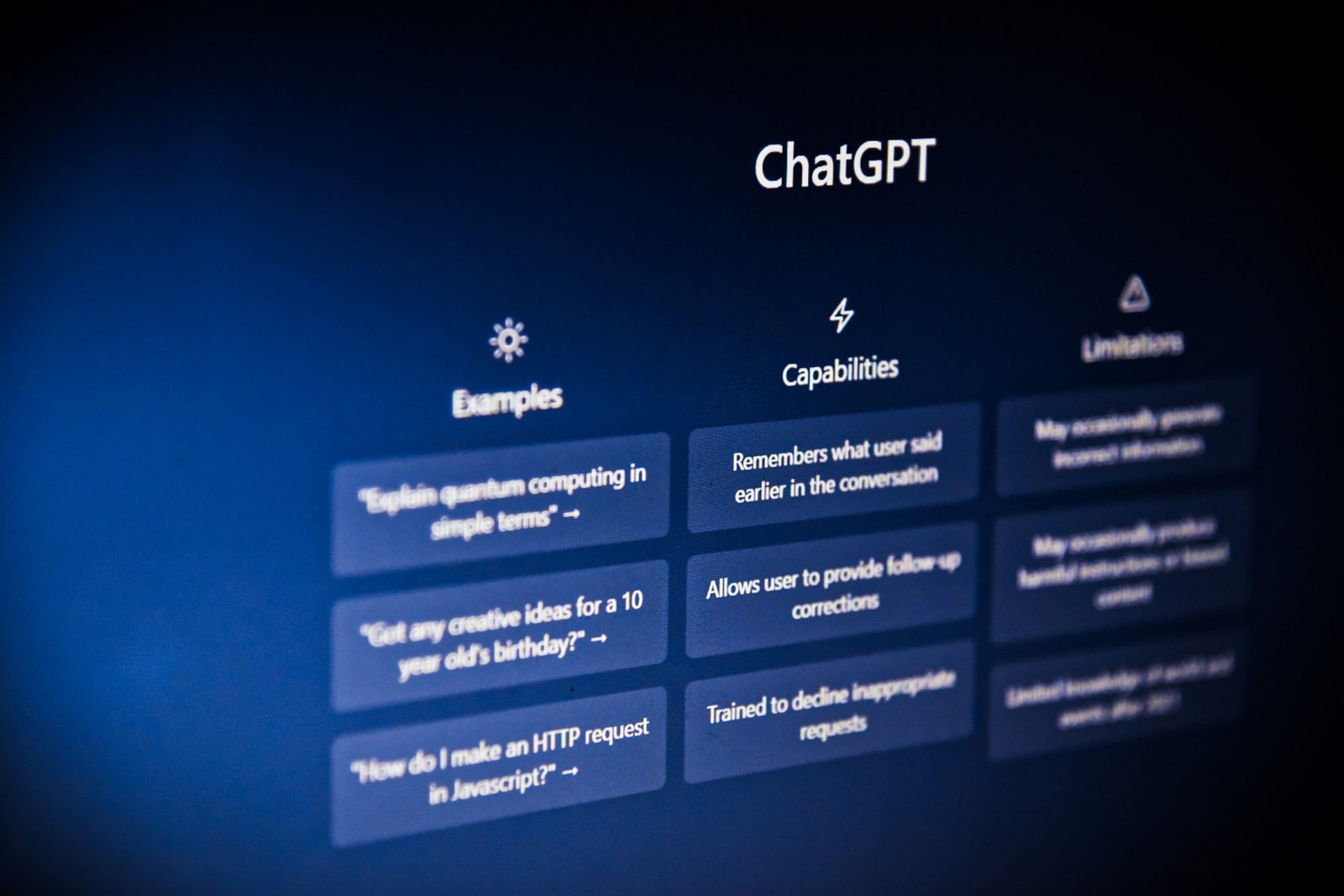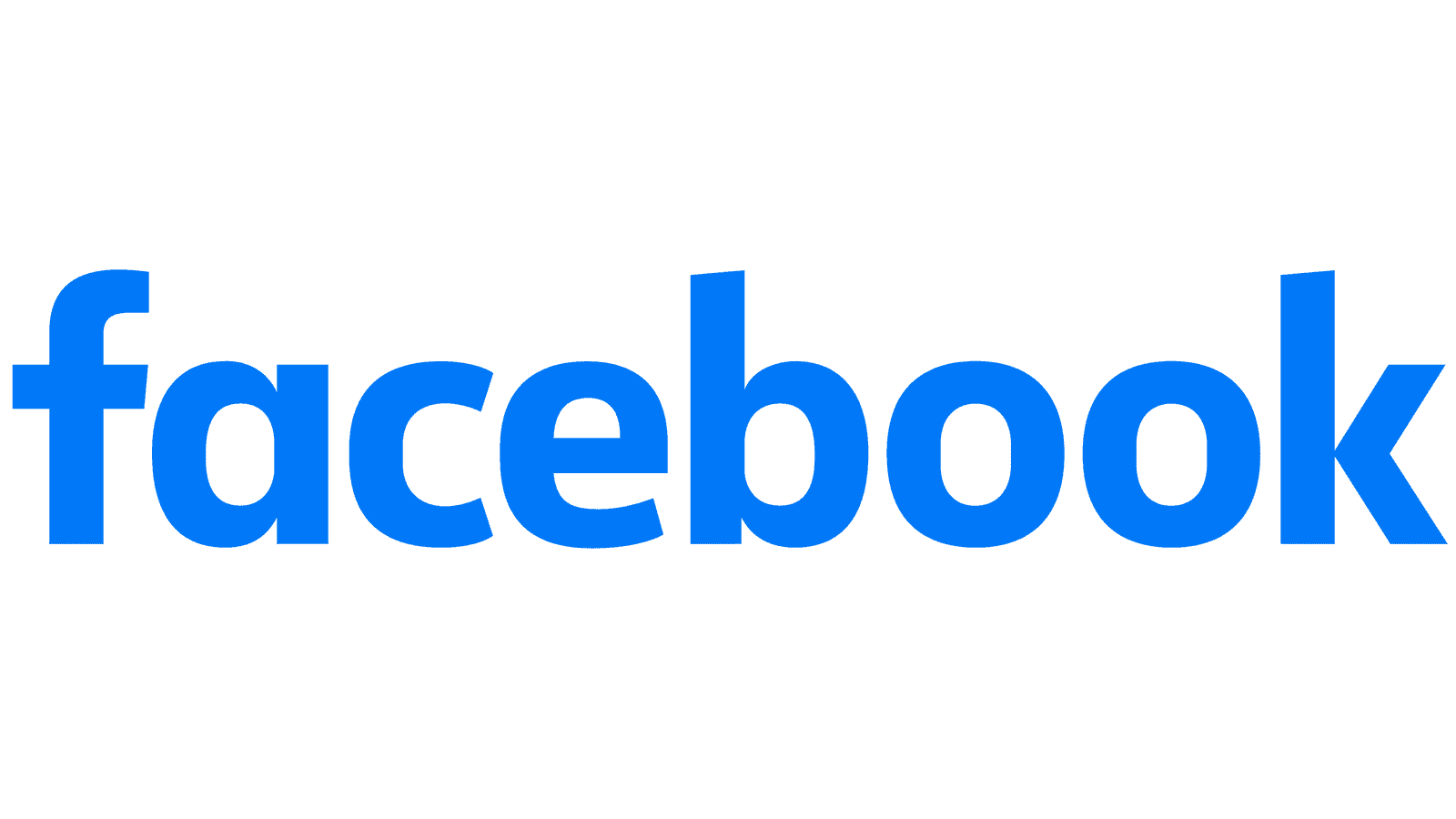
You’ve fine-tuned your paid ad campaigns to the tee. Targeting? Locked in. Copy? High-converting. CPC? Reasonable. But something’s off. Performance is slipping, and leads are dropping.
It might not be your campaign—it could be ad hijacking.
This under-the-radar threat has become a growing issue in digital advertising. Yet many marketers are unaware of it until the damage is already done. Let’s unpack ad hijacking, why it’s so stealthy, and how to protect your brand before your budget bleeds out.
Understanding Ad Hijacking
Ad hijacking is a form of brand impersonation in the paid search and affiliate world. It happens when unauthorised third parties, typically shady affiliates or unscrupulous competitors, mimic your ads, often word for word—and then direct traffic to their sites.
The kicker? They usually bid on your branded keywords. So while users think they’re clicking your official ad, they’re unknowingly rerouted elsewhere.
Sometimes, hijackers redirect traffic back to your site but sneak in their affiliate ID to collect a commission. Other times, they send visitors to an entirely different offer, leaving you with inflated costs and missing revenue.
Who’s Doing It—And Why?
A big chunk of ad hijacking comes from rogue affiliates—responsible for an estimated 75% of all hijacks. While many affiliates operate ethically, others exploit weak policies and monitoring gaps.
Competitors also engage in hijacking, sometimes intentionally and sometimes by accident (via dynamic keyword insertion). Either way, they benefit from your brand equity, siphoning off high-intent traffic with minimal effort.
Why do they do it? Because it works. Hijacking is a low-effort, high-reward tactic—until it’s caught.
Why It’s So Hard to Detect
Unlike click fraud or bot traffic, ad hijacking often flies under the radar. That’s because hijackers use tactics like:
Geo-targeting to show fake ads only in certain locations
Cloaking, where ad platforms see one thing while users see another
Ad rotation during off-hours to avoid regular audits
This makes manual detection nearly impossible. You might never see the hijacked ad unless you’re in the right place at the right time.
The Real-World Impact: It’s More Than Just CPCs
Let’s not downplay this. The impact of ad hijacking is felt across your entire paid strategy:
Skyrocketing CPCs: You’re suddenly competing with impostors for your own branded keywords.
Stolen conversions: Affiliates claim credit for conversions you would’ve earned organically.
Lost leads: Users are rerouted to scammy or off-brand landing pages.
Damaged brand reputation: If the user has a poor experience, they blame you—not the hijacker.
Muddied performance data: Bad actors distort your metrics, making optimization harder.


Where This Is HeadedHow to Spot the Signs
Detection isn’t easy, but it’s doable—especially with a structured approach:
Audit your branded keywords regularly in Google Ads, Meta’s Ad Library, or TikTok’s Ad Center. Look for ads that copy your messaging but send users elsewhere.
Monitor sudden CPC increases or strange dips in conversion rates without any campaign changes.
Check affiliate reports for unusual conversion spikes, particularly in low-traffic regions or time slots.
Use geo-testing tools or VPNs to view search results from other regions. You may uncover ads hidden by location targeting.
Track your impression share. A drop without a corresponding budget cut could mean someone’s competing for your branded traffic.
How to Stop—and Prevent—Ad Hijacking
Fighting ad hijacking takes more than a one-off cleanup. You need a layered defense:
1. Update Affiliate Contracts
Add explicit clauses that prohibit bidding on branded keywords or mimicking ad creatives. Outline consequences clearly.
2. Invest in Monitoring Tools
Platforms like Adthena, BrandVerity, and The Search Monitor help detect suspicious activity and automate alerts.
3. Set Up an Incident Response Process
Create a team-wide protocol for identifying and escalating hijacking issues. Know who’s responsible for takedowns, outreach, and internal documentation.
4. Use Platform-Level Brand Protections
Report trademark infringements to Google, Meta, and TikTok. These platforms offer tools to help enforce your rights, including Meta’s Brand Protection suite.
5. Educate Internal Teams
Your ad team, affiliate managers, and even customer support reps should understand what hijacking looks like and what to do when they spot it.
6. Lean on Agency Expertise
If you don’t have in-house bandwidth, partner with a performance-focused media agency. They’ll bring tools, legal resources, and workflows to protect your spend.
The Bottom Line
Ad hijacking isn’t just an annoying quirk in the paid media landscape—it’s a legitimate threat to your revenue, data accuracy, and brand trust.
And it’s only getting trickier to catch as hijackers evolve. But with the right contracts, tech, training, and vigilance, you can keep your campaigns clean, efficient, and high-converting.
If you’re wondering whether your branded search results are really yours—or if a third party is poaching your traffic—it’s time to run an audit.
Better yet, bake brand protection into your media strategy from the start.
📩 Book a consultation with my team today and ensure your marketing strategy is ready before your traffic takes a hit.
The technology that we use to support you
Ready to reduce your technology cost?
See More Blogs
Partner with Us for Comprehensive IT
Call us at: 700-880-7871
- Client-oriented
- Independent
- Competent
- Results-driven
- Problem-solving
- Transparent











